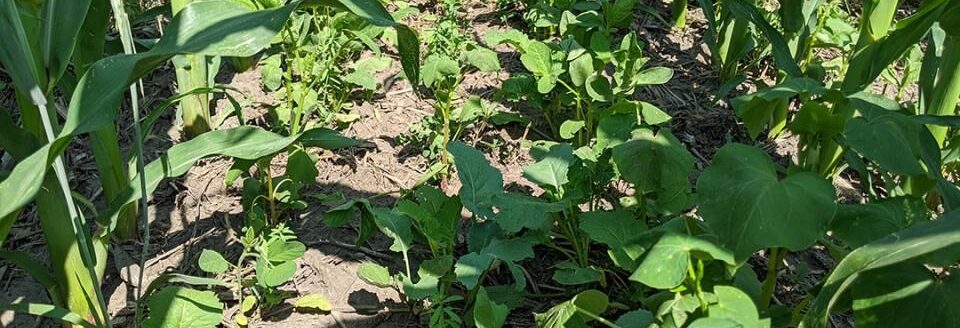Tillage and cover cropping effects on grain production
Incorporating cover crops with tillage reportedly results in increased cover crop decomposition rates and increased mineralization of nutrients from cover crop biomass. Multiple studies have reported mixed results for corn-soybean grain yields when planted after cover crops.
In an article recently published in Agronomy Journal, researchers reported results of a four-year study on corn-soybean rotation. Treatments were completed under either conventional tillage or no-tillage, and with and without cover crop. Researchers included three rotations: cereal rye-soybean-hairy vetch-corn, cereal rye-soybean-oat+radish-corn, and no cover crop-soybean-no cover crop-corn.
The team found that rotation with hairy vetch as a preceding cover crop increased corn grain yield by 14.09 and 12.35% compared to rotations having no cover crop and oat+radish as preceding cover crops, respectively. Cereal rye cover crop biomass had 16-20 kg ha-1 greater N uptake compared to winter annual weeds in rotation without cover crops. Researchers reported that cereal rye preceding soybean reduced soybean yield by 0.3 to 0.6 Mg ha-1 compared to soybean following no cover crop.
Cover crops are touted for their soil and water quality related benefits. However, their adoption and success will depend on the selection of cover crop species available that do not reduce grain yields in following crops.
Adapted from Singh, G., Thilakarathne, A.D., Williard, K.W., Schoonover, J.E., Cook, R.L., Gage, K.L. and McElroy, R. (2020), Tillage and legume non‐legume cover cropping effects on corn‐soybean production. Agron. J. Accepted Author Manuscript. See original study at https://acsess.onlinelibrary.wiley.com/doi/full/10.1002/agj2.20221.



